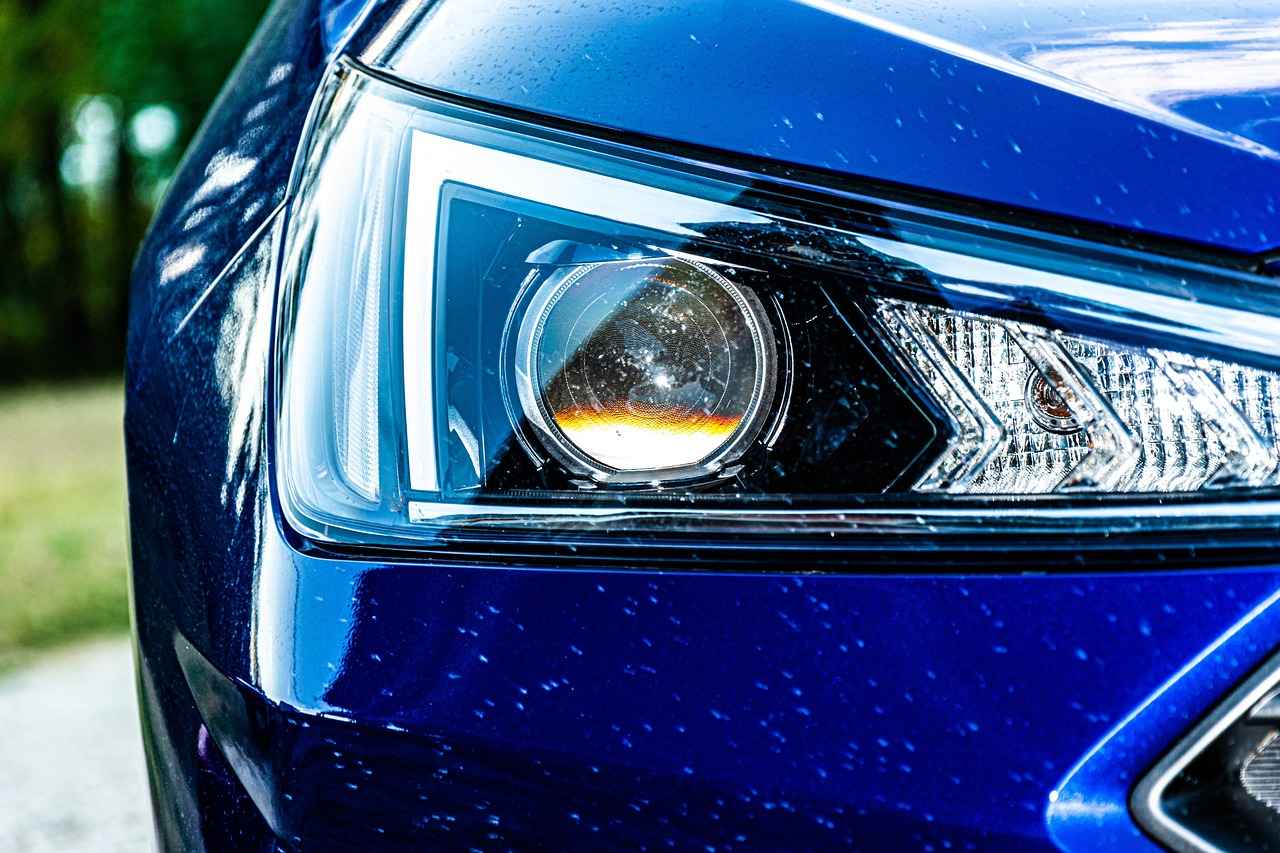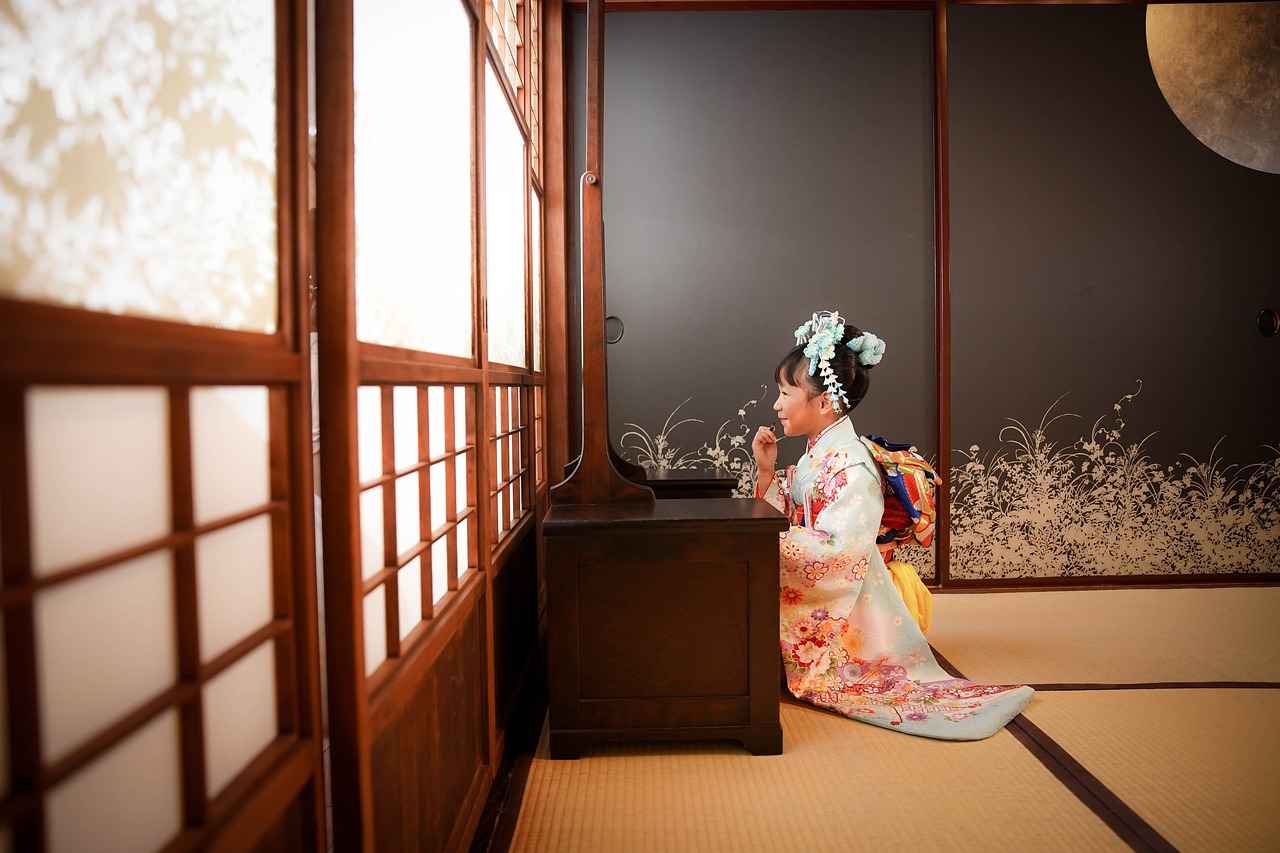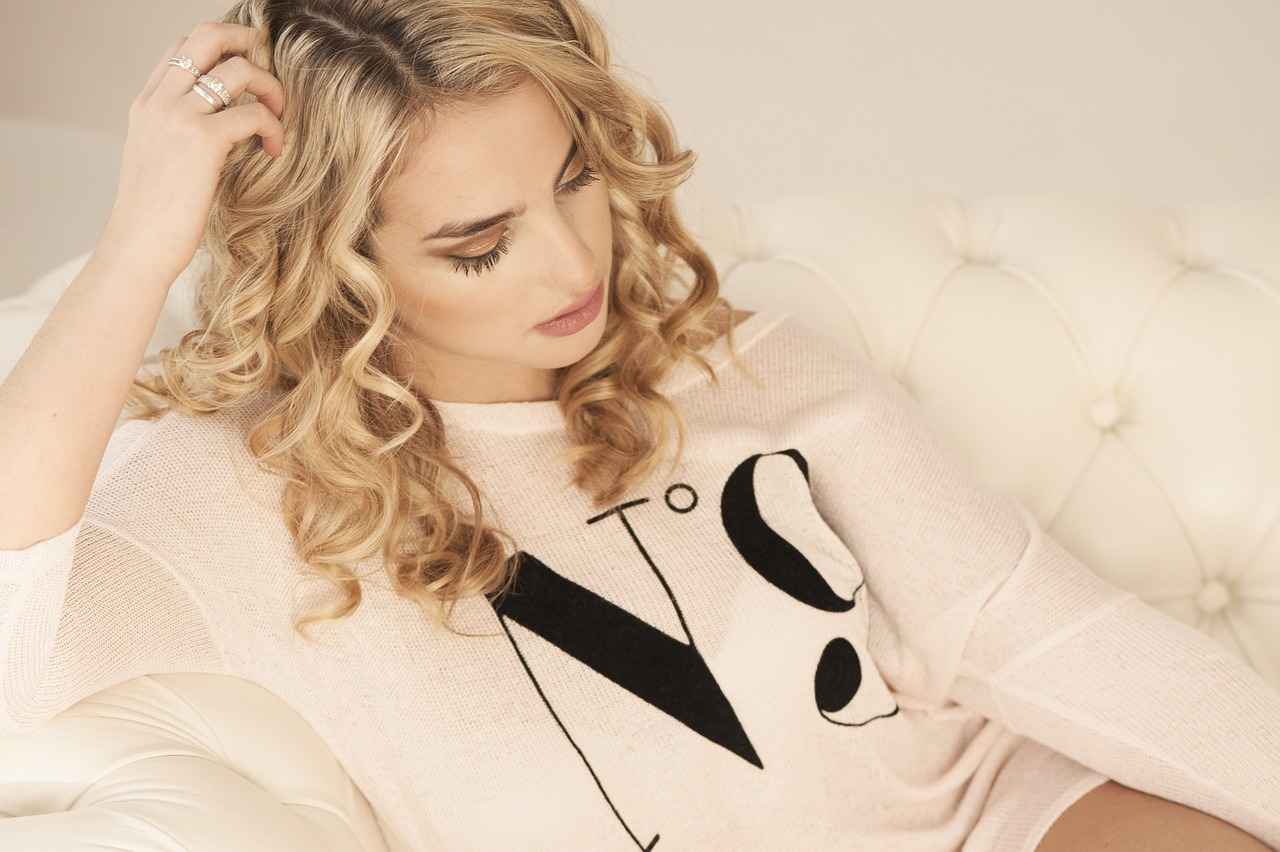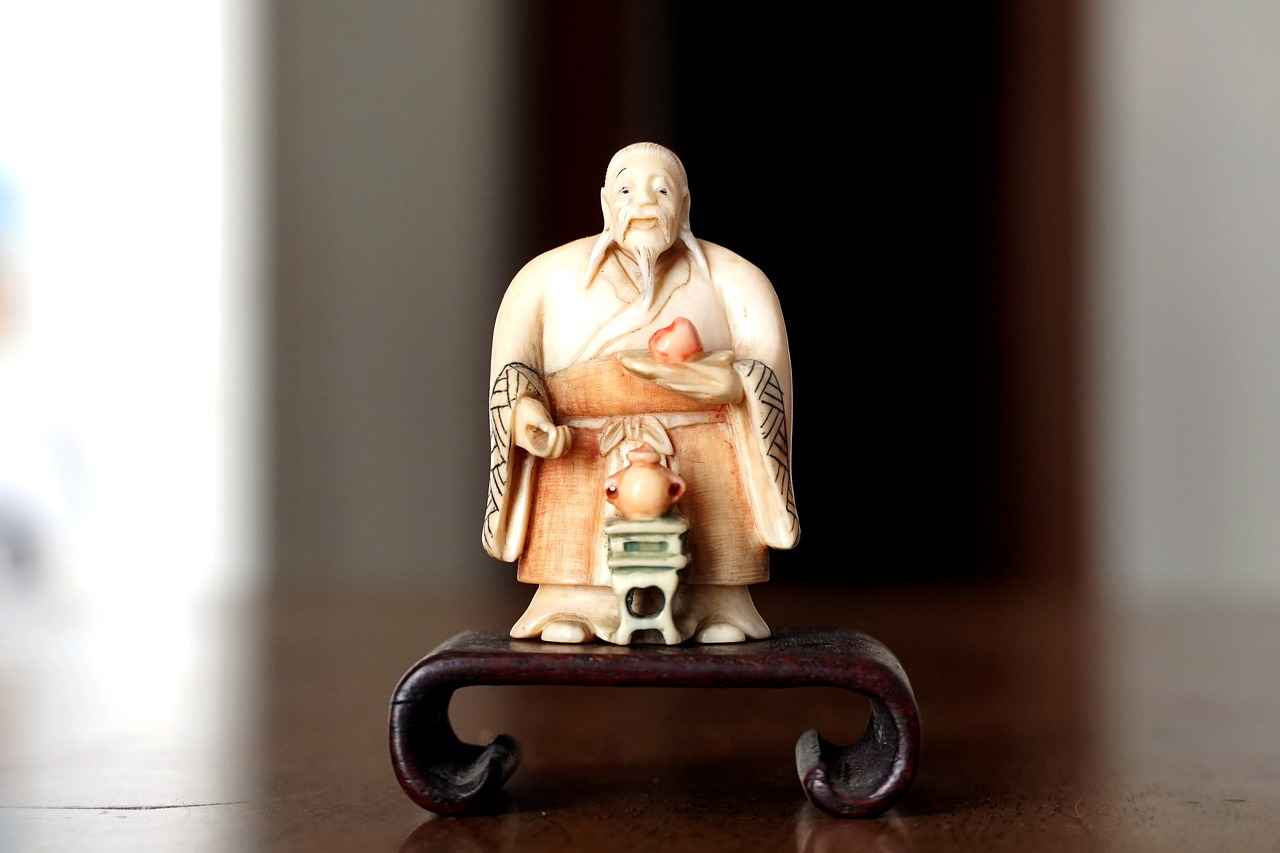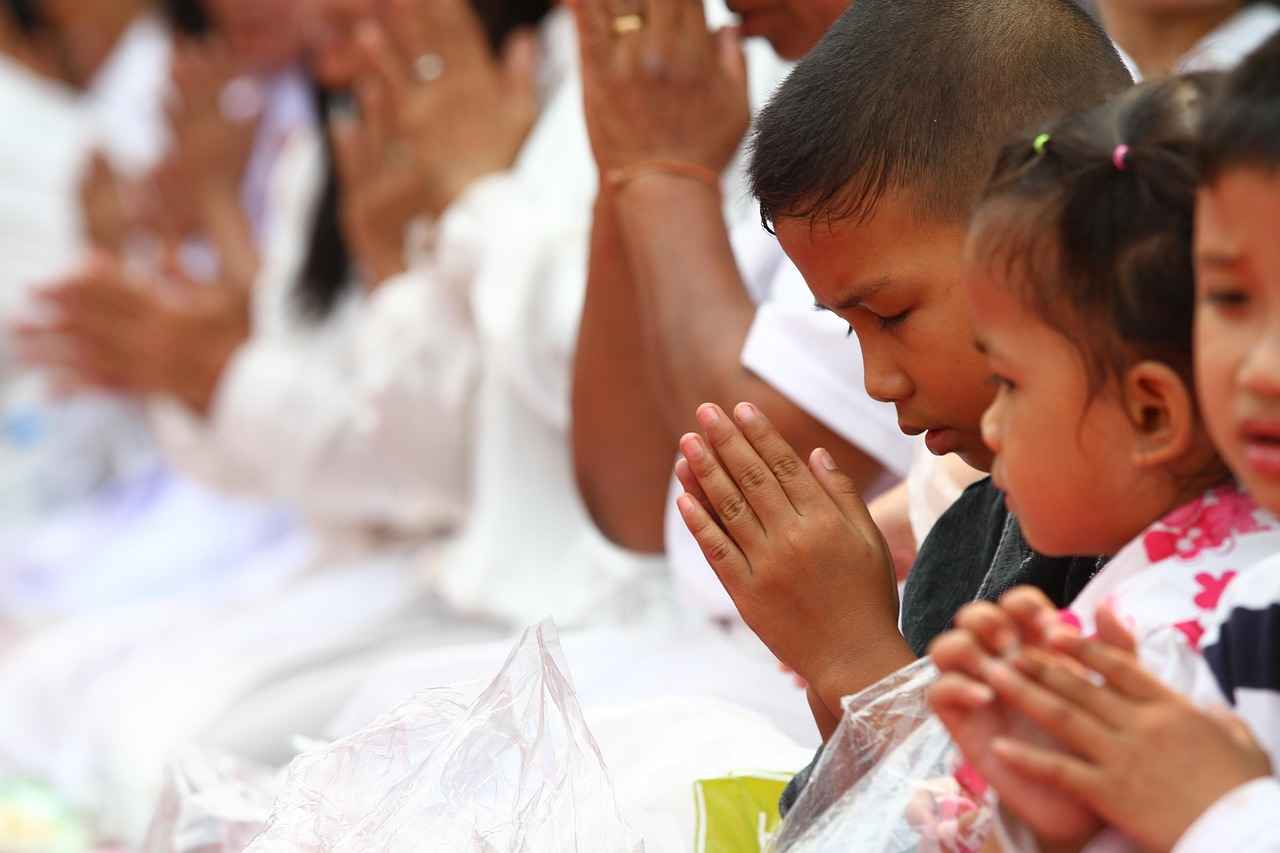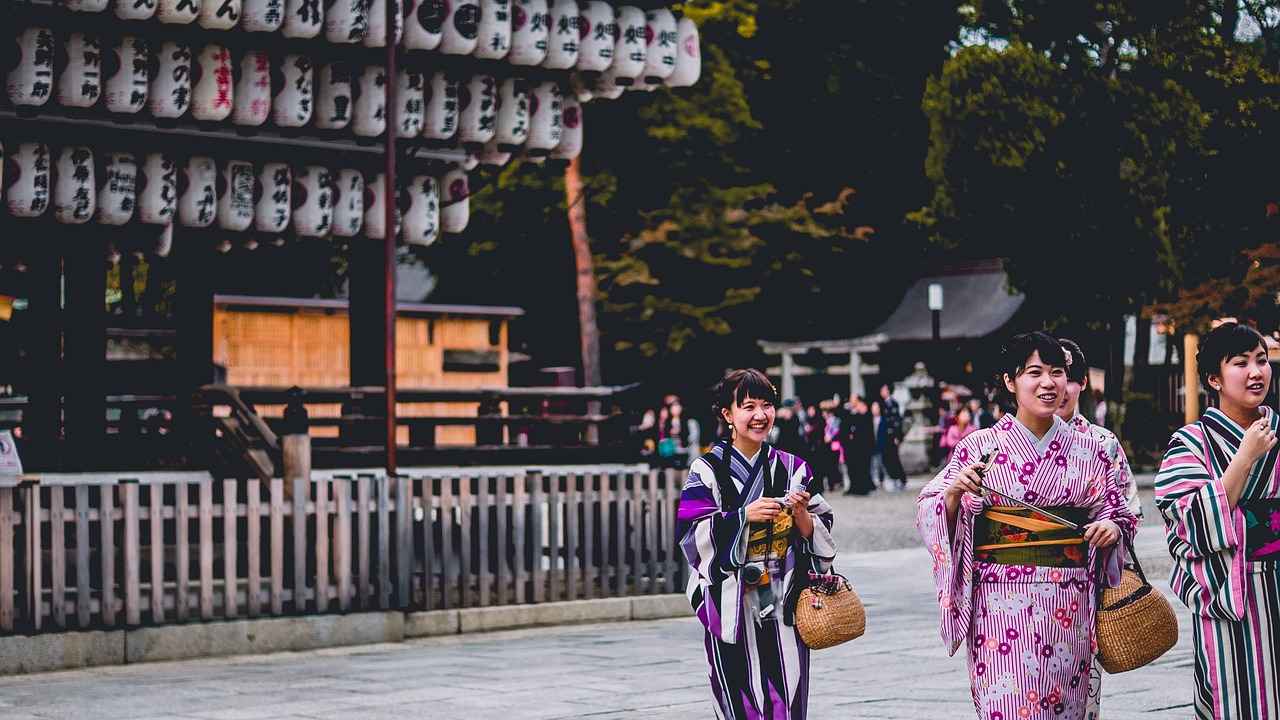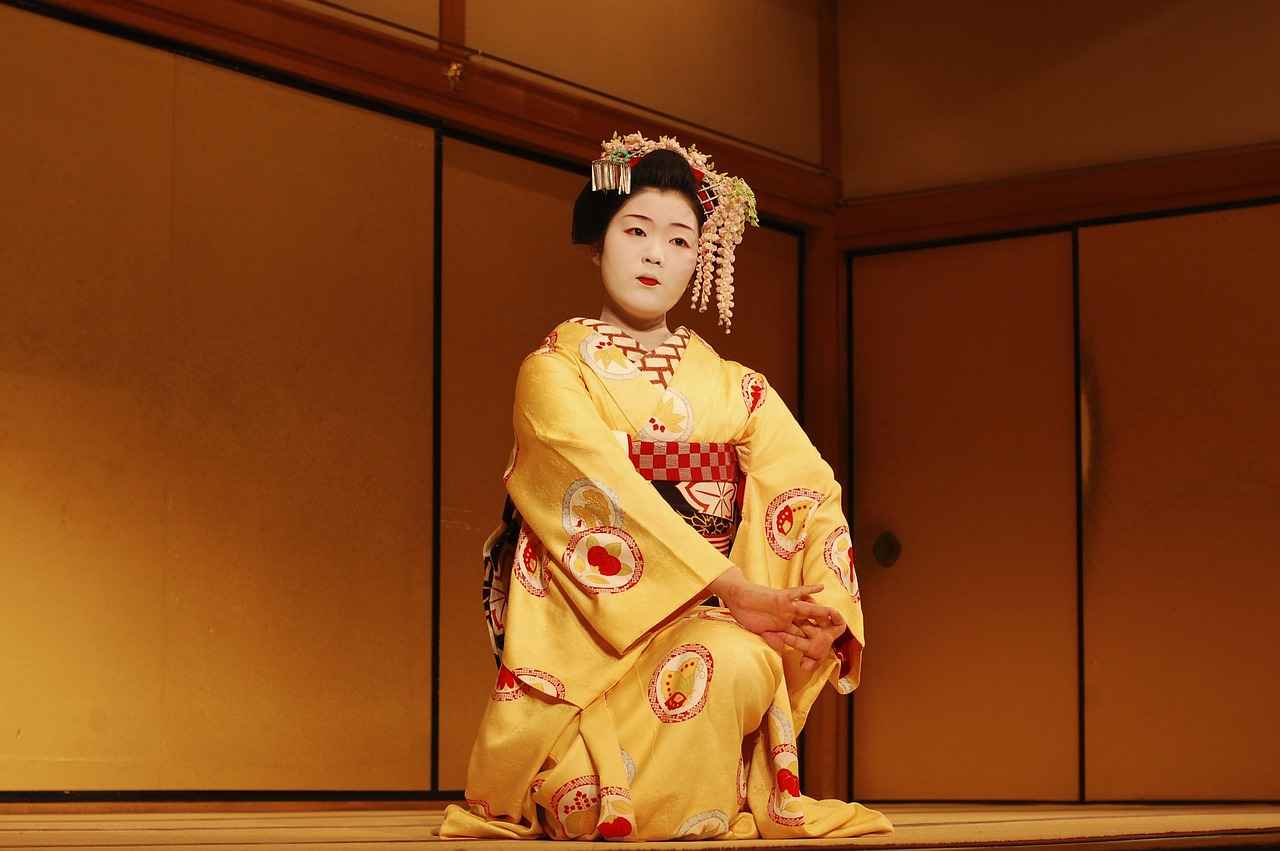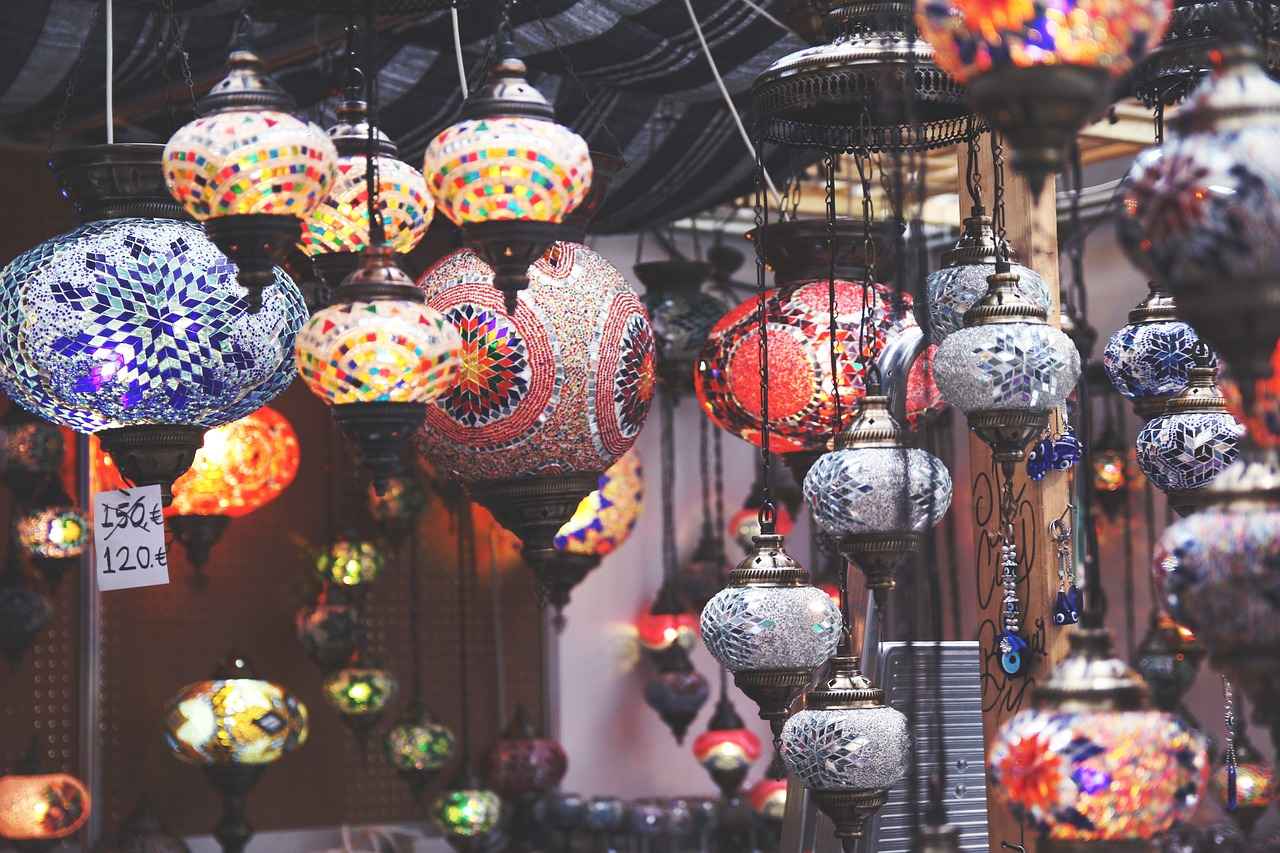This article explores the essential aspects of renting a kimono for weddings in Kyoto, including styles, rental processes, and tips for a memorable experience.
Understanding the Kimono
Kimonos are traditional Japanese garments that embody a rich history and cultural significance. They are not just clothing but a representation of Japanese aesthetics and craftsmanship. For weddings, specific types of kimonos are favored, each possessing unique features that reflect the occasion’s spirit.
Choosing the Right Kimono Style
Selecting the perfect kimono style is crucial for your wedding day. Here are some popular styles:
- Shiromuku: The classic white kimono, symbolizing purity.
- Iro-uchikake: A colorful and ornate alternative that adds vibrancy.
The Rental Process Explained
Understanding the rental process is essential for a smooth experience. Here’s a breakdown of the steps involved:
- Finding a Reputable Rental Shop: Look for shops with positive reviews and a wide selection.
- Reservation and Fitting: Schedule your fitting well in advance to ensure the perfect fit.
Accessories to Complement Your Kimono
Accessories are vital in completing your wedding look. Key items include:
- Obi: A decorative belt that adds elegance.
- Kanzashi: Traditional hairpieces that enhance the hairstyle.
Tips for a Memorable Kimono Experience
To ensure a memorable experience, consider these practical tips:
- Comfort and Mobility: Practice moving in your kimono to feel at ease.
- Photography Tips: Choose scenic spots in Kyoto to highlight your kimono’s beauty.
Conclusion: Embracing Tradition in Modern Weddings
Renting a kimono for your wedding in Kyoto is a beautiful way to embrace Japanese tradition. With careful planning and consideration, you can create unforgettable memories on your special day.

Understanding the Kimono
Kimonos are not just garments; they are a symbol of Japan’s rich cultural heritage and history. These traditional outfits have evolved over centuries, reflecting the artistry, elegance, and values of Japanese society. In this section, we will explore the various types of kimonos that are particularly suited for weddings, highlighting their unique features and significance.
There are several styles of kimonos, each with its own distinct characteristics. Understanding these differences can help brides make informed choices that align with their personal style and wedding theme.
- Shiromuku: This classic white kimono is traditionally worn by brides during Shinto weddings. It symbolizes purity and the start of a new life together.
- Iro-uchikake: A colorful and ornate kimono, often adorned with vibrant patterns and designs. It serves as a beautiful alternative for brides who wish to express their individuality.
- Furisode: Typically worn by younger women, this kimono features long sleeves and is often chosen for formal occasions, including weddings.
- Tomesode: A formal kimono that is usually worn by married women, featuring elegant designs and patterns that signify maturity and sophistication.
Each of these kimonos carries its own cultural significance and is often chosen based on the bride’s personal preferences, the type of wedding ceremony, and family traditions. For instance, the Shiromuku is favored for its symbolism of renewal and purity, while the Iro-uchikake is celebrated for its vibrant colors and elaborate designs.
When selecting a kimono for a wedding, it is essential to consider not only the aesthetic appeal but also the cultural meanings associated with each style. This understanding can enhance the overall wedding experience, making it more meaningful and memorable.
In summary, kimonos are a profound representation of Japanese culture, especially in the context of weddings. Their rich history and diverse styles allow brides to choose a garment that resonates with their personal story and the significance of their wedding day.

Choosing the Right Kimono Style
is a pivotal aspect of planning your wedding in Kyoto. With a plethora of options available, selecting the ideal kimono can enhance the beauty of your special day and reflect your personal style. This guide will explore various traditional styles, including Shiromuku, Iro-uchikake, and others, ensuring that you find the perfect match for your vision.
Each kimono style carries its own cultural significance and aesthetic appeal. Here’s a closer look at some of the most popular styles:
- Shiromuku: A timeless choice, the Shiromuku is a pure white kimono symbolizing purity and new beginnings. Its simplicity and elegance make it a favorite among brides.
- Iro-uchikake: For those who desire a pop of color, the Iro-uchikake offers vibrant designs adorned with intricate patterns. This style is perfect for brides looking to make a bold statement.
- Furisode: Typically worn by younger brides, the Furisode features long sleeves and is often chosen for its playful and youthful appearance.
- Hiki-uta: This style is characterized by its more understated elegance, making it suitable for traditional ceremonies.
When selecting your kimono, consider the following factors:
- Personal Style: Choose a style that resonates with your personality and complements your wedding theme.
- Comfort: Ensure that the kimono fits well and allows you to move comfortably throughout the day.
- Seasonal Considerations: Certain fabrics and styles may be more suitable for different seasons, so keep the weather in mind.
Ultimately, the right kimono will not only enhance your appearance but also add to the overall atmosphere of your wedding. Take your time to explore various styles, and consult with experts to find the perfect kimono that embodies your dreams for your special day.
Shiromuku: The Classic Choice
Shiromuku is more than just a traditional white kimono; it embodies the essence of Japanese bridal elegance and cultural significance. Often chosen by brides on their wedding day, this classic garment is deeply rooted in the history of Japanese weddings, particularly in Kyoto, where traditions flourish.
The symbolism of Shiromuku is profound. The color white represents purity and innocence, making it a fitting choice for brides embarking on a new journey of love and commitment. In Japanese culture, wearing white signifies a fresh start, as brides often don this attire during the Shinto ceremony to symbolize their transition into a new life. This tradition is not only a reflection of personal beliefs but also resonates with the cultural heritage of Japan.
Moreover, the Shiromuku is adorned with intricate designs and embroidery that enhance its beauty. Many Shiromuku kimonos feature delicate patterns that may include floral motifs or traditional symbols, which add a layer of meaning to the garment. These elements are meticulously crafted, showcasing the skill of artisans who have honed their craft over generations.
In addition to its aesthetic appeal, the Shiromuku remains a popular choice for modern weddings due to its timeless elegance. Many brides appreciate the opportunity to wear something that connects them to their heritage while also embracing contemporary styles. As a result, Shiromuku continues to be a beloved option for couples seeking to blend tradition with modernity.
In conclusion, the Shiromuku is not just a garment; it is a symbol of love, tradition, and new beginnings. Its enduring popularity in Kyoto weddings reflects the importance of cultural identity and the beauty of embracing one’s roots on the most significant day of their lives.
Symbolism of Shiromuku
The Shiromuku is a traditional Japanese wedding kimono that holds deep cultural significance. Its name translates to “pure white,” symbolizing purity and new beginnings, which makes it a meaningful choice for brides on their special day. This elegant garment is not just a fashion statement; it embodies the essence of Japanese cultural values and traditions.
In Japanese weddings, the color white is associated with innocence and fresh starts. The Shiromuku is often worn during the Shinto ceremony, where the bride is seen as a blank canvas, ready to embrace her new life as a married woman. This symbolism resonates deeply with the concept of starting anew, as the bride transitions into a new chapter of her life.
Moreover, the Shiromuku is adorned with intricate designs that often include floral motifs, which further enhance its beauty and significance. These designs can represent various themes, such as fertility and prosperity, aligning with the hopes and wishes for the couple’s future together. The craftsmanship involved in creating a Shiromuku is a testament to the skill and dedication of artisans who have preserved this tradition for generations.
In addition to its aesthetic appeal, the Shiromuku also plays a role in the ritualistic aspects of the wedding. As the bride wears this garment, she is often accompanied by a kakeori, a type of traditional headpiece that signifies her status as a bride. Together, these elements create a striking visual that honors the rich history of Japanese weddings.
Choosing to wear a Shiromuku is not just about tradition; it is a way for brides to connect with their heritage and celebrate the cultural significance of their union. As modern weddings evolve, the Shiromuku remains a cherished choice, symbolizing the enduring values of love, commitment, and renewal.
Design Features of Shiromuku
The Shiromuku, a traditional white kimono worn by brides during Japanese wedding ceremonies, is renowned for its exquisite design and cultural significance. This elegant garment is characterized by its intricate embroidery and sophisticated patterns, which play a vital role in its appeal. Let’s delve into the key design elements that make the Shiromuku a standout choice for brides.
- Intricate Embroidery: The Shiromuku often features delicate embroidery that may include motifs of cranes, cherry blossoms, and other symbols of good fortune. These designs are not merely decorative; they carry deep meanings, representing happiness, longevity, and prosperity.
- Elegant Patterns: The patterns on a Shiromuku can range from subtle to elaborate. Many kimonos showcase textured fabrics that catch the light beautifully, enhancing the overall elegance of the garment.
- Traditional Colors: While the Shiromuku is predominantly white, it may incorporate soft pastels or metallic threads in its embroidery, adding a touch of color without compromising its purity and simplicity.
- Silhouette and Fit: The Shiromuku is designed to create a graceful silhouette. It is typically worn with an obi (sash) that accentuates the waist, enhancing the bride’s figure while maintaining modesty.
- Accessories: Complementing the Shiromuku are traditional accessories such as kanzashi hairpieces and ornate obijime. These elements not only enhance the overall look but also add layers of cultural significance to the ensemble.
In conclusion, the Shiromuku is more than just a garment; it is a representation of tradition, beauty, and symbolism. Its design features, from intricate embroidery to elegant patterns, make it a timeless choice for brides seeking to honor Japanese culture on their special day.
Iro-uchikake: A Vibrant Alternative
Iro-uchikake kimonos are a stunning choice for brides seeking to make a vibrant statement on their wedding day. Unlike the classic Shiromuku, which is predominantly white, Iro-uchikake kimonos are characterized by their rich colors and elaborate designs, making them a popular alternative for those who wish to express their personality and style.
These kimonos are often adorned with intricate patterns, floral motifs, and vivid hues, reflecting the beauty of nature and Japanese artistry. The appeal of Iro-uchikake lies not only in their aesthetic charm but also in their versatility for various occasions. From traditional ceremonies to modern celebrations, these kimonos can be tailored to suit different wedding themes.
Occasions Best Suited for Iro-uchikake
- Traditional Weddings: Iro-uchikake kimonos can be worn during Shinto ceremonies, where the bride often changes into this colorful attire after the initial rites.
- Western-style Weddings: For couples blending cultures, Iro-uchikake offers a unique twist that honors Japanese heritage while embracing modern wedding trends.
- Photo Sessions: Their vibrant colors make Iro-uchikake kimonos perfect for pre-wedding or post-wedding photo shoots in scenic locations around Kyoto.
Furthermore, the choice of accessories can enhance the overall look of the Iro-uchikake. Pairing it with a beautifully designed obi and traditional kanzashi hairpieces can elevate the bridal ensemble, ensuring that every detail shines.
In conclusion, the Iro-uchikake kimono stands out as a bold and beautiful choice for brides who wish to celebrate their special day with flair. Its rich colors and intricate designs not only pay homage to Japanese tradition but also allow for personal expression, making it an ideal option for a memorable wedding.
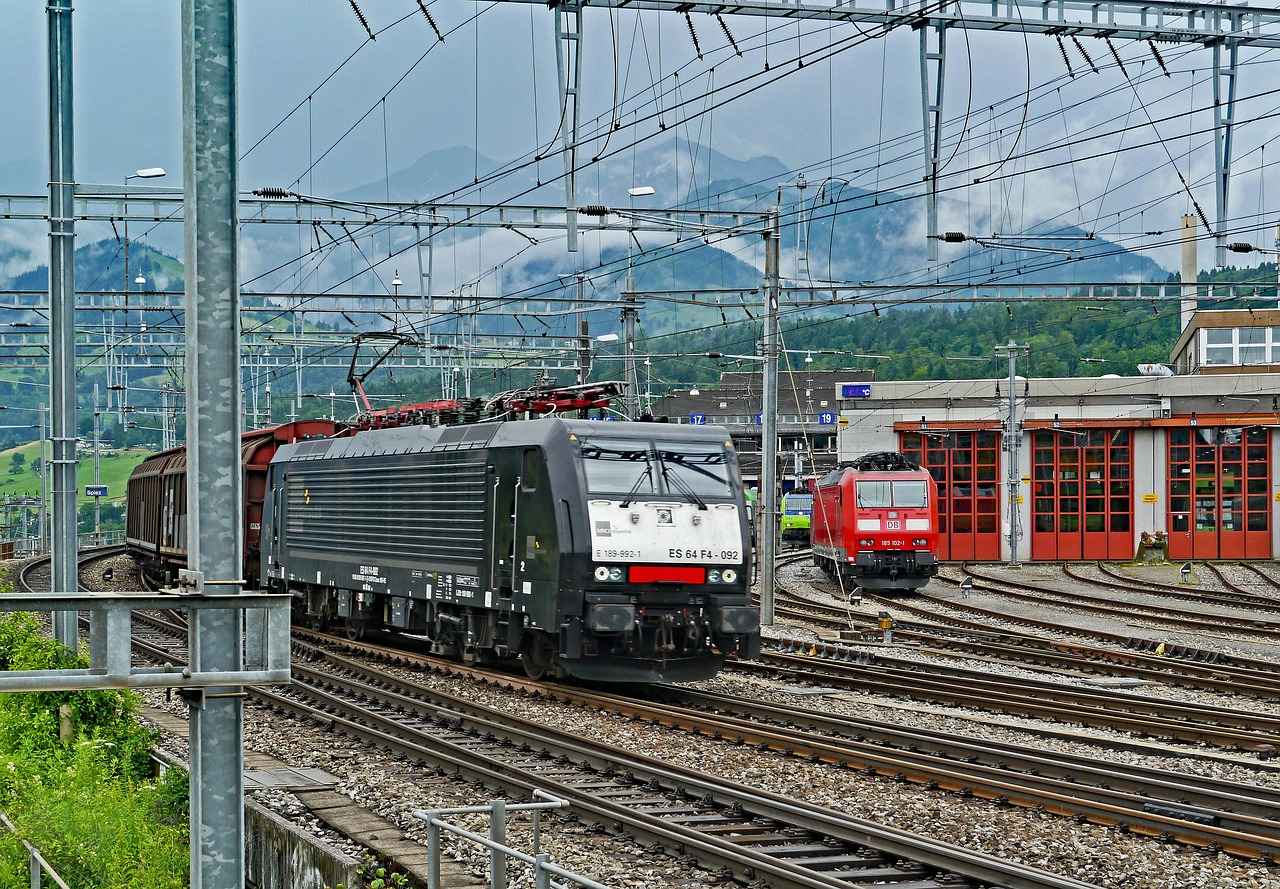
The Rental Process Explained
Understanding the rental process is essential for a smooth experience when renting a kimono for your wedding in Kyoto. This beautiful city is steeped in tradition, and wearing a kimono can enhance your special day. Below, we outline the key steps involved in the rental process to ensure you have an unforgettable experience.
- Research Rental Shops: Start by researching reputable kimono rental shops in Kyoto. Look for shops with positive reviews and a wide selection of kimonos. Websites and social media platforms can provide valuable insights into customer experiences.
- Make a Reservation: Once you find a suitable shop, it’s advisable to make a reservation. This is especially important during peak wedding seasons. Reservations can often be made online or via phone, and it’s best to secure your preferred date and time as early as possible.
- Schedule a Fitting Appointment: After reserving your kimono, schedule a fitting appointment. This step is crucial to ensure the kimono fits perfectly. During the fitting, you will be guided by staff who can help you choose the right kimono style and accessories.
- Choose Accessories: Accessories play a vital role in completing your kimono look. Discuss options such as obi (sashes), obijime (decorative cords), and kanzashi (hair ornaments) with the staff. They can offer recommendations based on your chosen kimono style.
- Pick Up and Return: On the day of your wedding, visit the rental shop to pick up your kimono. Ensure you understand the return policy, including any cleaning fees or late return penalties. Most shops will provide instructions on how to return the kimono after your event.
By following these steps, you can navigate the rental process with ease and enjoy the beauty and elegance of wearing a kimono on your wedding day in Kyoto. Embrace this cultural experience, and make memories that will last a lifetime.
Finding a Reputable Rental Shop
is crucial when planning to rent a kimono for your wedding in Kyoto. The right shop can enhance your experience, ensuring you look stunning while also feeling comfortable. Here are some essential tips to help you identify a trustworthy rental shop.
- Research Online: Start by browsing online reviews and ratings. Websites like Google, TripAdvisor, and local forums can provide insights into customer experiences.
- Ask for Recommendations: Reach out to friends, family, or even wedding planners who have experience with kimono rentals in Kyoto. Personal recommendations can lead you to reputable shops.
- Visit Multiple Shops: Don’t settle for the first shop you find. Visit several rental shops to compare their offerings, prices, and customer service.
- Check for Quality: Look at the condition of the kimonos available for rent. High-quality fabrics and well-maintained garments are signs of a reputable shop.
- Inquire About Fitting Services: A good rental shop should offer fitting services to ensure the kimono fits perfectly. Ask about their fitting process and any additional costs involved.
- Understand the Rental Agreement: Before making a reservation, read the rental agreement carefully. Make sure you understand the terms regarding damages, late returns, and deposits.
Additionally, consider the customer service provided by the shop. Friendly and knowledgeable staff can make your experience much more enjoyable. A reputable rental shop will also be willing to answer any questions you may have about the kimono styles, accessories, and the overall rental process.
In conclusion, taking the time to find a reputable kimono rental shop in Kyoto can significantly impact your wedding experience. By following these tips, you can ensure that you choose a shop that meets your expectations and enhances your special day.
Reservation and Fitting
The reservation and fitting process is a vital step in ensuring that your kimono fits perfectly on your wedding day. This section will guide you through what to expect during your fitting appointment, helping to alleviate any concerns you may have.
When you make a reservation at a kimono rental shop, you will typically be asked to provide your measurements. This information helps the shop prepare a selection of kimonos that will suit your body type. It is important to be as accurate as possible when providing these details to ensure the best fit.
During your fitting appointment, you will have the opportunity to try on various kimonos. Here’s what to expect:
- Personalized Assistance: A knowledgeable staff member will assist you in selecting kimonos that match your style and preferences. They will guide you through the options available, explaining the unique features of each garment.
- Multiple Fittings: Don’t be surprised if you try on several kimonos. This process allows you to compare different styles and colors, ensuring you find the perfect match for your wedding theme.
- Adjustments: If needed, minor adjustments can often be made on-site. The staff will help you with fitting adjustments, such as tightening or loosening the obi (sash) to ensure a comfortable fit.
- Accessorizing: Once you’ve chosen your kimono, you will also have the chance to try on accessories such as obi, obijime (decorative cords), and kanzashi (hair ornaments) to complete your look.
It’s important to remember that the fitting experience is not just about finding a kimono that looks good; it’s also about feeling comfortable and confident in your choice. Take your time during this process and communicate openly with the staff about any concerns you may have.
In conclusion, the reservation and fitting process is an exciting part of your wedding preparations. By understanding what to expect, you can ensure that you select a kimono that not only looks stunning but also feels perfect for your special day.
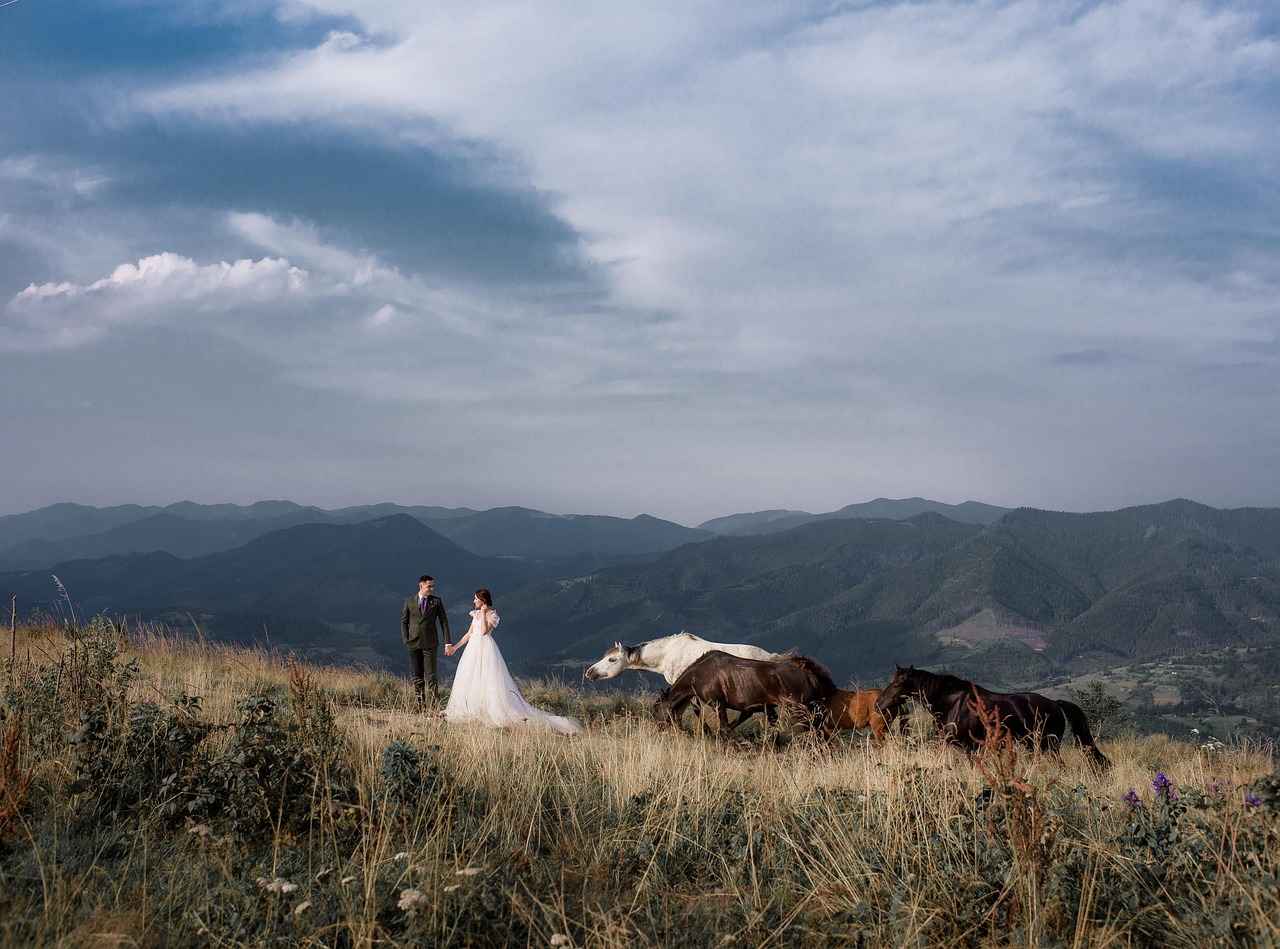
Accessories to Complement Your Kimono
Accessories play a vital role in completing your wedding look, especially when it comes to traditional Japanese kimonos. These carefully chosen items not only enhance your overall appearance but also carry deep cultural significance. Below, we explore some essential accessories that will elevate your kimono ensemble to new heights.
| Accessory | Description |
|---|---|
| Obi | The obi is a wide belt that wraps around the waist and is crucial for securing the kimono. It comes in various styles and colors, adding a touch of elegance and personal flair to your outfit. |
| Obijime | This decorative cord is tied over the obi, serving both a practical and aesthetic purpose. Obijime can be found in a variety of colors and patterns, allowing you to customize your look. |
| Kanzashi | These traditional hair ornaments are often adorned with flowers, beads, and other intricate designs. Kanzashi not only beautify your hairstyle but also symbolize beauty and grace in Japanese culture. |
When selecting your accessories, consider the color palette and theme of your wedding. Each accessory should complement your kimono while reflecting your personal style. For instance, a vibrant obi can contrast beautifully with a more subdued kimono, creating a striking visual effect.
Furthermore, don’t underestimate the importance of kanzashi. These hairpieces can transform a simple hairstyle into a stunning focal point, enhancing the overall elegance of your look. Choose kanzashi that harmonize with your kimono and other accessories for a cohesive appearance.
In conclusion, the right accessories are essential for completing your kimono ensemble on your wedding day. By carefully selecting items like obi, obijime, and kanzashi, you can create a look that is both beautiful and culturally significant.
Choosing the Right Obi
The obi is an essential accessory that not only enhances the beauty of your kimono but also carries cultural significance. It serves as a statement piece that can transform your overall look, especially on your wedding day. Understanding the different styles of obi and how to select the right one can elevate your kimono ensemble to new heights.
Types of Obi Styles
- Fukuro Obi: This is a formal obi often worn for weddings. It is characterized by its wide and flat design, making it a popular choice for brides.
- Haneri Obi: A shorter obi that is typically worn for casual occasions. While not as common for weddings, it can be a stylish choice for less formal ceremonies.
- Maru Obi: This is a luxurious option, featuring intricate designs on both sides. It is ideal for brides seeking a rich and ornate look.
Choosing the Right Obi for Your Wedding
When selecting an obi for your wedding kimono, consider the following factors:
- Color Coordination: Ensure that the color of your obi complements your kimono. Traditional colors like white or pastel shades work well with many kimono styles.
- Fabric and Texture: Choose a fabric that matches the formality of your wedding. Silk or brocade are excellent choices for a luxurious feel.
- Design Elements: Look for designs that resonate with your personal style. Floral patterns, geometric designs, or motifs that reflect your wedding theme can add a personal touch.
Final Thoughts
Choosing the right obi is crucial for achieving a stunning wedding look. By understanding the various styles and considering factors like color and design, you can select an obi that enhances your kimono and reflects your unique personality. Embrace this beautiful accessory as part of your wedding attire, and let it add that extra touch of elegance to your special day.
Traditional Kanzashi Hairpieces
are exquisite ornaments that play a significant role in enhancing the beauty of a bride’s hairstyle, especially during traditional Japanese weddings. These decorative pieces are not merely accessories; they are steeped in cultural significance and history, making them an essential part of the bridal ensemble.
Originating from the Edo period, kanzashi were initially worn by women to secure their hair in elaborate styles. Today, they are crafted in various forms and styles, each representing different meanings and occasions. For brides, the choice of kanzashi can reflect their personality, the season, and even the theme of the wedding.
| Type of Kanzashi | Significance |
|---|---|
| Hanaguruma | Represents the beauty of flowers and nature. |
| Kikyo | Symbolizes fidelity and love. |
| Shidare-zaki | Represents elegance and grace. |
When selecting the perfect kanzashi for your wedding day, consider the following factors:
- Color: Choose colors that complement your kimono and overall wedding theme.
- Design: Opt for designs that resonate with your personal style and the season.
- Material: Kanzashi can be made from various materials, including silk, fabric, and even metal. Select a material that suits your comfort and aesthetic preferences.
In conclusion, kanzashi hairpieces are not just accessories; they are a celebration of tradition and craftsmanship. By understanding their significance and carefully selecting the right pieces, brides can enhance their beauty and honor Japanese culture on their special day.
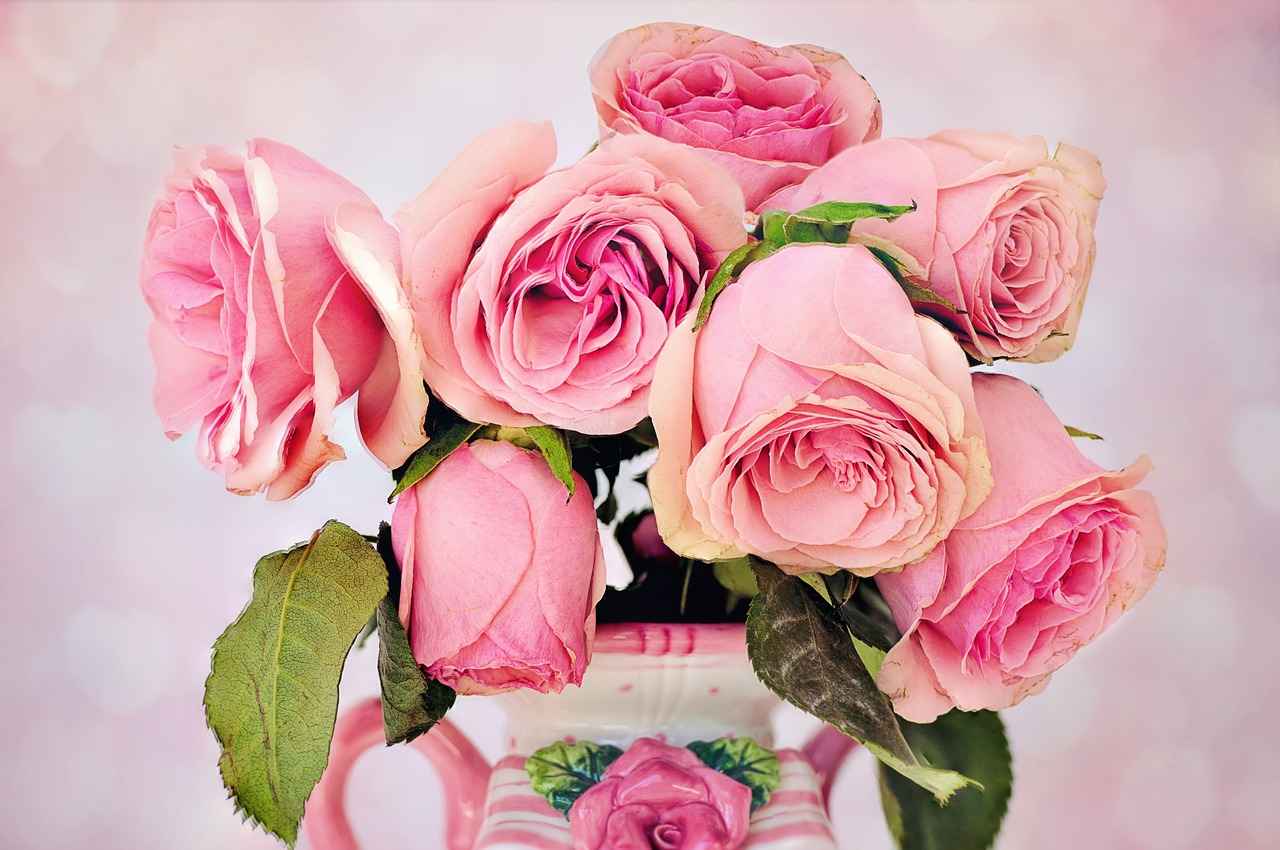
Tips for a Memorable Kimono Experience
When it comes to wearing a kimono on your wedding day, ensuring a memorable experience involves careful consideration of several practical tips. From comfort to photography, here are some essential guidelines to help you make the most of your special day.
- Prioritize Comfort: Kimonos can be intricate and layered, so it’s vital to choose one that fits well and feels comfortable. Consider scheduling a fitting well in advance to ensure everything is tailored to your body shape.
- Practice Movement: Wearing a kimono can feel restrictive at first. Spend some time practicing walking, sitting, and moving in your kimono before the big day. This will help you feel more at ease and graceful.
- Choose the Right Undergarments: The undergarments you wear can significantly affect your comfort. Opt for seamless and lightweight options that won’t create bulk under your kimono.
- Accessorize Wisely: Accessories such as obi (sashes) and kanzashi (hair ornaments) can enhance your look. Choose pieces that complement your kimono while ensuring they are not too heavy or cumbersome.
- Plan for Weather: Kyoto’s weather can be unpredictable. If your wedding is outdoors, consider the season and prepare accordingly. A lightweight kimono may be suitable for summer, while layered options can provide warmth in cooler months.
- Capture the Moment: Work with your photographer to plan the best locations and poses that showcase your kimono. Consider incorporating Kyoto’s iconic scenery, such as temples or cherry blossoms, for stunning backdrops.
- Stay Hydrated: On your wedding day, it’s easy to forget to drink water amidst the excitement. Keep a bottle handy to stay hydrated, especially if you’re wearing multiple layers.
By following these tips, you can ensure that your experience wearing a kimono on your wedding day is not only beautiful but also comfortable and enjoyable. With the right preparation, you’ll be able to focus on what truly matters—celebrating your love in a stunning traditional garment.
Comfort and Mobility
Wearing a kimono can be a delightful yet challenging experience, especially if you are not accustomed to its unique structure and style. To ensure that you can move comfortably while wearing this beautiful garment, it is essential to understand some practical tips and tricks.
1. Choose the Right Size: When renting a kimono, make sure to select one that fits you well. A properly fitted kimono allows for better movement and comfort. Don’t hesitate to ask for assistance from the rental shop staff to find the right size.
2. Practice Walking: Kimonos can restrict your movement due to their design. Before your big day, practice walking in your kimono to get used to the way it feels. Take small, graceful steps and be mindful of your posture.
3. Use the Obi Correctly: The obi, or sash, is an important part of the kimono that helps keep it secure. Ensure that it is tied snugly but not too tight, as this can hinder your ability to move freely. A well-tied obi will keep your kimono in place while allowing for comfortable movement.
4. Sit Gracefully: When sitting, remember to fold your kimono neatly around you. It’s best to sit down gently and avoid sudden movements that could cause the fabric to bunch up or shift awkwardly.
5. Accessorize Wisely: While accessories can enhance your look, be mindful of how they affect your mobility. Choose lightweight and simple accessories that won’t weigh you down or make it difficult to move.
6. Stay Relaxed: Lastly, maintain a relaxed demeanor. Tension can make it harder to move comfortably. Take deep breaths and enjoy the experience of wearing a kimono.
By following these tips, you can ensure that your experience wearing a kimono is both enjoyable and comfortable, allowing you to focus on celebrating your special day in beautiful Kyoto.
Photography Tips for Your Kimono
Capturing beautiful memories during your wedding in Kyoto is essential, especially when you’re adorned in a stunning kimono. To ensure that your photographs reflect the elegance of your attire and the breathtaking backdrop, consider the following photography tips:
- Choose the Right Time of Day: The golden hour, shortly after sunrise or before sunset, provides the best natural lighting. The soft, warm light enhances the colors of your kimono and the scenery.
- Find Iconic Backdrops: Kyoto is rich in picturesque locations. Consider places like Kinkaku-ji (the Golden Pavilion) or the serene Arashiyama Bamboo Grove to create a stunning contrast with your kimono.
- Play with Angles: Capture various angles to highlight the intricate details of your kimono. Low angles can emphasize the flowing fabric, while high angles can showcase your hairstyle and accessories.
- Incorporate Movement: A gentle breeze can add a dynamic element to your photos. Consider twirling or walking gracefully to create a sense of motion, which will bring your kimono to life in the images.
- Utilize Props: Incorporating traditional props such as fans or umbrellas can add depth and cultural significance to your photographs. These elements can also enhance the visual storytelling of your wedding day.
- Hire a Professional Photographer: A photographer experienced in capturing traditional attire will understand how to best showcase your kimono and the surrounding environment. Their expertise will ensure that you receive high-quality images that you can cherish for a lifetime.
By following these photography tips, you can create stunning visual memories of your special day. The combination of your beautiful kimono and the enchanting Kyoto backdrop will result in photographs that you will treasure forever.

Conclusion: Embracing Tradition in Modern Weddings
Renting a kimono for your wedding in Kyoto is not merely a choice of attire; it is a celebration of rich Japanese culture and a way to create lasting memories on one of the most significant days of your life. Kyoto, known for its historical beauty and traditional charm, offers a unique backdrop for couples looking to embrace this timeless custom.
When you decide to rent a kimono, you are stepping into a world where tradition meets elegance. Each kimono tells a story, with intricate designs and colors that symbolize various aspects of life and love. For weddings, the choice of kimono can reflect your personal style while honoring cultural significance.
Before embarking on your kimono rental journey, it is essential to understand the different styles available. The Shiromuku, a classic white kimono, symbolizes purity and new beginnings, making it a popular choice for brides. Alternatively, the Iro-uchikake offers a vibrant option, adorned with colorful patterns that can add a touch of flair to your wedding day. Each style has its unique features and cultural meanings that can enhance your wedding experience.
The rental process is straightforward but requires careful planning. Start by researching reputable rental shops in Kyoto. Look for places that offer a wide range of kimonos and have positive reviews from previous customers. Once you find a suitable shop, schedule a fitting appointment to ensure the kimono fits perfectly and feels comfortable.
Accessories play a crucial role in completing your look. From the elegant obi that wraps around your waist to the beautiful kanzashi hairpieces that adorn your hairstyle, these elements can elevate your entire ensemble. Take the time to choose accessories that complement your kimono and reflect your personality.
To make the most of your kimono experience, remember to prioritize comfort and mobility. Practice moving in your kimono before the big day to ensure you feel at ease. Additionally, consider hiring a professional photographer who understands how to capture the beauty of your kimono against the stunning backdrop of Kyoto.
In conclusion, renting a kimono for your wedding in Kyoto is a beautiful way to embrace tradition while creating unforgettable memories. With careful planning, the right style, and thoughtful accessories, you can ensure that your wedding day is as magical as the culture it represents.
Frequently Asked Questions
- What types of kimonos are available for weddings in Kyoto?
In Kyoto, you can find various types of kimonos for weddings, including the classic Shiromuku, which is a white kimono symbolizing purity, and the vibrant Iro-uchikake, known for its colorful designs. Each style has its unique features and cultural significance, making it essential to choose one that resonates with your vision for the big day.
- How do I choose the right kimono rental shop?
Choosing a reputable kimono rental shop is crucial for a smooth experience. Look for shops with positive reviews, a wide selection of kimonos, and knowledgeable staff who can assist you in finding the perfect fit. Visiting a few shops can help you gauge the quality of service and the variety of options available.
- What should I expect during the fitting process?
During your fitting appointment, expect to try on several kimonos to find the right one. The staff will guide you through the process, ensuring the kimono fits comfortably and looks stunning. Make sure to communicate your preferences and any specific requirements you may have.
- What accessories should I consider for my kimono?
Accessories are vital to completing your kimono look. Key pieces include the obi, which is the wide belt, and kanzashi hairpieces that add elegance to your hairstyle. Choose accessories that complement your kimono’s color and style for a cohesive appearance.
- Any tips for a comfortable experience in a kimono?
Wearing a kimono can be a bit tricky if you’re not used to it. To enhance comfort, practice moving in your kimono before the big day. Also, consider wearing comfortable footwear and take breaks if needed to ensure you enjoy every moment of your wedding.
